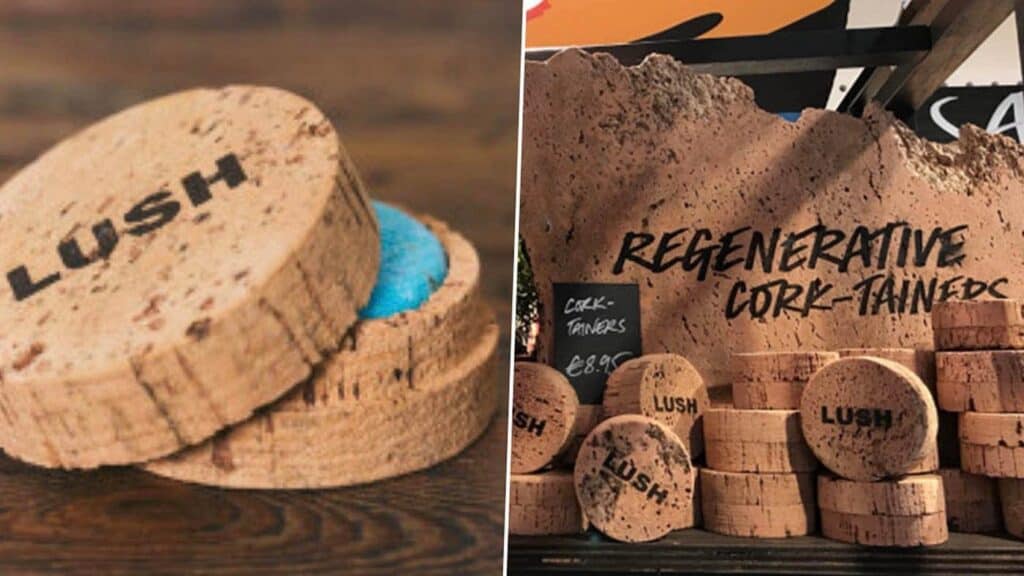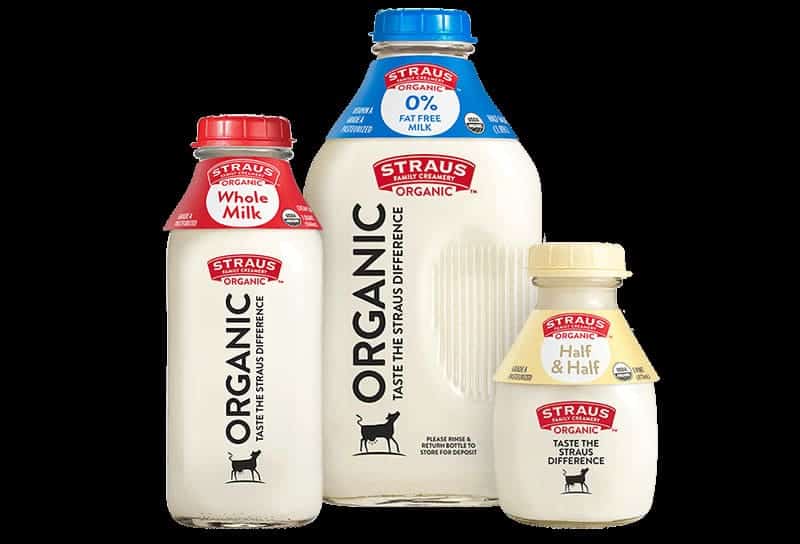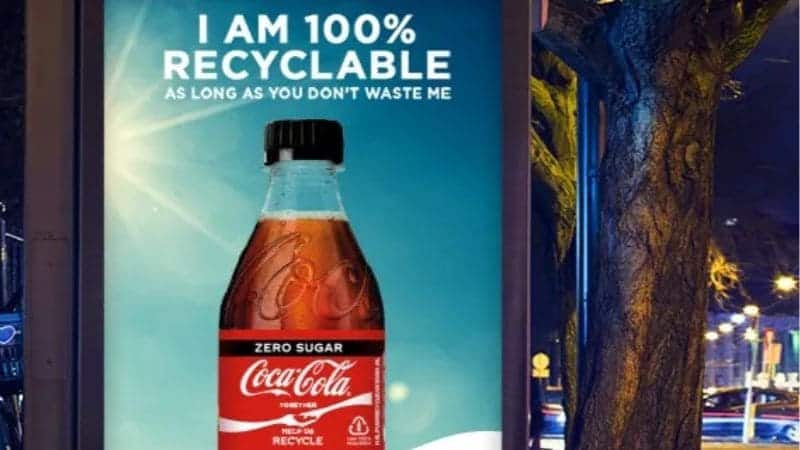Have you already had sustainable packaging for your product? Or you have had the desire but don’t know what to do?
Sustainability in business has been an important concern around the world. As one of the important components of products, packaging’s sustainability trend has become unstoppable. The growing green packaging demand of consumers requires companies to transform from traditional models to environmentally friendly models. This help guide mainly explains to you what sustainable packaging is, how to design and apply sustainable packaging, and its role in environmental protection.
Through this article, I hope you can get some important information and instructions from this guide to have a more detailed understanding of the environmental protection of product packaging.
What is Sustainable packaging?
Sustainable packaging is your approach to embracing eco-friendly solutions in wrapping, storing, shipping, or displaying products. It’s about selecting materials and processes that are less harmful to the environment than traditional packaging options. It is a beneficial issue for both people and the environment. Imagine packaging that can return to the earth as nutrients, rather than languishing in a landfill for centuries.
Characteristics of Sustainable Packaging

- Biodegradability: Your sustainable packaging should break down into natural elements within a reasonable time, contributing positively to the environment rather than polluting it.
- Recyclability: made from eco-friendly, renewable, and recycled materials such as paper, cardboard, bioplastics, plant-based materials, etc.
- Renewable Resources: Opt for packaging made from renewable sources—you’re ensuring that the material can be replenished over time.
- versatility: Versatile and flexible to be used across industries for various packaging needs
- Reusable: A reusable design extends the life of the packaging and lessens environmental impact.
- cost-saving and environmental: Lightweight and optimized to reduce transportation costs and emissions
In your journey towards an eco-friendly shift, consider these materials often found in sustainable packaging options:
- Bamboo
- Recycled cardboard and paper
- Organic textiles
- Seaweed-based packaging
Remember that sustainable packaging not only considers the environmental impact but also looks at the entire lifecycle of the product. From production to disposal, every step should minimize ecological footprints and support the well-being of our planet.
Cases for Sustainable Packaging
Lush
sells many of its products, like shampoo and conditioner bars, without packaging. For products that require packaging, 90% is made from recycled materials and can be recycled or composted. Lush’s black pots can be returned to stores for reuse.


Straus Family Creamery
sells its organic milk in reusable glass bottles that are returned, washed, sanitized, and reused about five times before recycling. This has an 80%+ return rate and prevents around 500,000 pounds of milk cartons and plastic from going to landfills annually.

Coca Cola
Coca-Cola has set ambitious goals to make its packaging more sustainable and reduce plastic waste. The company aims to:
Make 100% of its bottles recyclable globally by 2025
Use at least 50% recycled material in packaging by 2030

Advantages of Sustainable Packaging
Embarking on a journey of sustainable packaging allows you to effectively tackle two major environmental concerns: carbon footprint and waste management. By understanding these areas, you can make informed decisions that contribute to a healthier planet.
Reducing Carbon Footprint and Emissions
Carbon footprint refers to the total amount of greenhouse gases, primarily carbon dioxide, released into the atmosphere as a result of your activities, including packaging. Sustainable packaging strategies aim to minimize emissions linked to climate change by:
- Using renewable materials: These typically require less energy to produce, lowering emissions.
- Optimizing design and production: Efficient designs consume fewer resources and energy, which translates to a smaller carbon footprint.
- Encouraging reuse and recycling: When you choose packaging that can be reused or easily recycled, you’re preventing emissions from the production of new materials.
Addressing Waste Management
Waste management is crucial in reducing environmental impact, particularly with the vast amounts of packaging ending up in landfills. Here’s how sustainable packaging makes a difference:
- Prioritizing waste reduction: By reducing packaging materials used, you’re directly decreasing the amount of waste generated.
- Supporting zero waste initiatives: Packaging that’s recyclable or compostable contributes to the zero waste movement, aiming to divert waste from landfills.
- Educating consumers: Clear labeling on packaging encourages proper disposal, which is essential for effective recycling and composting programs.
Implementing sustainable packaging doesn’t just alleviate your environmental footprint; it proactively engages in the movement towards a more sustainable, waste-conscious future.
Social and Economic Considerations
Cost Savings: While the initial switch to sustainable packaging may come with an upfront investment, it can yield long-term cost savings. Reduced material usage and improved packaging efficiency can lower shipping expenses and waste disposal costs. Over time, these savings can be substantial for your business.
Social Impact: Your consumers are increasingly conscious of the environmental and social implications of their purchases. By employing sustainable packaging, you communicate to customers that your company values not just profits, but also community well-being and environmental stewardship. This can enhance your brand’s reputation and customer loyalty.
Packaging Choice and Use
For your packaging, you need to consider many factors, not only for sustainability but also for its usability. You need to consider if the packaging is efficient enough in the whole process.
Choose a packaging: focus on material and packaging functions
When selecting materials for your packaging, focus on eco-friendly options such as biodegradable, compostable, or sustainable packaging materials. These are materials that will naturally break down, can be turned into compost, or have been repurposed from previous use. Examples include paper, cardboard, and bioplastics derived from cornstarch or mushrooms. Ensure that the sources are sustainable, such as FSC-certified paper, which guarantees responsible forestry practices.
Function is also one thing you can’t ignore. Sustainable packaging also needs to keep the packaging functions like preventing products from damage, fitting to products, having clear product information, being strong enough for heavy products, and so on. Check carefully and make sure your packaging is functional enough.

Distribution: considering efficient transportation
When you tackle sustainable packaging, it’s pivotal to consider the distribution phase, as this can significantly impact your product’s carbon footprint. Your goal should be to intertwine eco-friendliness with efficiency, ensuring a responsible supply chain.
- Transport: Opt for transportation options with lower environmental impact. This could mean using electric vehicles or choosing logistics partners committed to sustainability. Additionally, consolidating shipments can reduce the number of trips required.
- Supply Chain Optimization: Streamline your supply chain to minimize environmental impact. This involves everything from selecting eco-friendly packaging materials to implementing tech solutions for better route planning.
- Packaging Efficiency: Using recyclable packaging isn’t just environmentally responsible; it also boosts brand loyalty and may provide cost savings from reduced material usage. Measure your packaging to avoid wasted space and consider life cycle assessments to understand the broader impact.
- Circular Economy Principles: Embrace circular economy models by designing packaging that can be easily recycled or reused. This reduces the need for new materials and helps close the loop on your product lifecycle.
- Void Filler Alternatives: Instead of traditional void fillers that often end up as waste, look for biodegradable or recyclable options. This not only reduces your footprint but also shows consumers that you’re committed to environmentally responsible practices.
Remember to review each element through the lens of sustainability—your transportation methods, the efficiency of your supply chain, and your packaging choices all play a crucial role in the eco-friendliness of your product distribution。
During the packaging use process: extend the packaging lifespan
During the use stage, no matter how long the customer uses and maintains the packaging, it will become waste later. Most types of packaging currently sold are single-used. Therefore, it has a short lifespan and has a very bad impact on the environment, producing a lot of waste and pollution, which is hard to dispose of. Extending the life of packaging is an important factor in minimizing the impact of non-environmentally friendly material waste.
Reusable grocery bags and reusable coffee cups are just a few examples. What’s more important is motivating people to get involved in using and recycling environmentally friendly packaging. For example, the Loop project is a good example. Loop provides reusable packaging for a deposit that is refunded to the consumer once the packaging is returned. Incentives like this should be promoted on a larger scale. If more consumers can use and promote the recycling of environmentally friendly packaging, it will be very beneficial to extend the life of environmentally friendly packaging.
At the same time, packaging manufacturers also need to improve materials and durability so that the packaging they design and produce can withstand greater challenges.
End of Packaging Life: Recycling as Much As Possible

Recycle as Much as Possible
Recycling is a critical aspect of sustainable packaging. To enhance recyclability:
- Use materials with high recycling rates like paper and certain plastics.
- Design labels, adhesives, and inks to be non-toxic and not interfere with the recycling process.
- Clearly indicate recyclability with standard symbols to guide consumers.
Prioritize using recycled content and materials that are kerbside recyclable to ensure the packaging makes it through the recycling process and doesn’t end up in landfills.
The Future of Sustainable Packaging
As you look ahead, it’s important to recognize the groundbreaking shifts toward sustainable packaging. Innovations are continually emerging, and the paradigm is shifting towards a more circular approach.
Emerging Technologies and Innovations
The eco-friendly packaging landscape is rapidly evolving, driven by both technological advancements and creative innovations. Here’s what you can look forward to:
- Smart packaging: This is a type of packaging that uses sensors and IoT technology to improve shelf life and reduce waste.
- Edible packaging: mainly for food, reducing the need for traditional packaging materials.
- Novel materials such as mushroom-based foam and algae-derived plastics offer biodegradable alternatives that can decompose naturally without harm to the environment.
The growing emphasis on sustainable food packaging is compelling companies to adopt these innovations for a greener future.
Moving Towards a Circular Economy
The shift to a circular economy marks a transformative phase in how materials are viewed and utilized. Here’s how sustainable packaging fits into this model:
- Design for recyclability: This is where packaging is designed from the outset to be reusable or easily recyclable, reducing waste and resource consumption.
- Adoption of circularity principles: Packaging is part of a loop, recovered and transformed into new packaging or other products.
Implementing circular economy strategies ensures that the lifecycle of packaging materials extends beyond a single use, contributing significantly to sustainability efforts.
